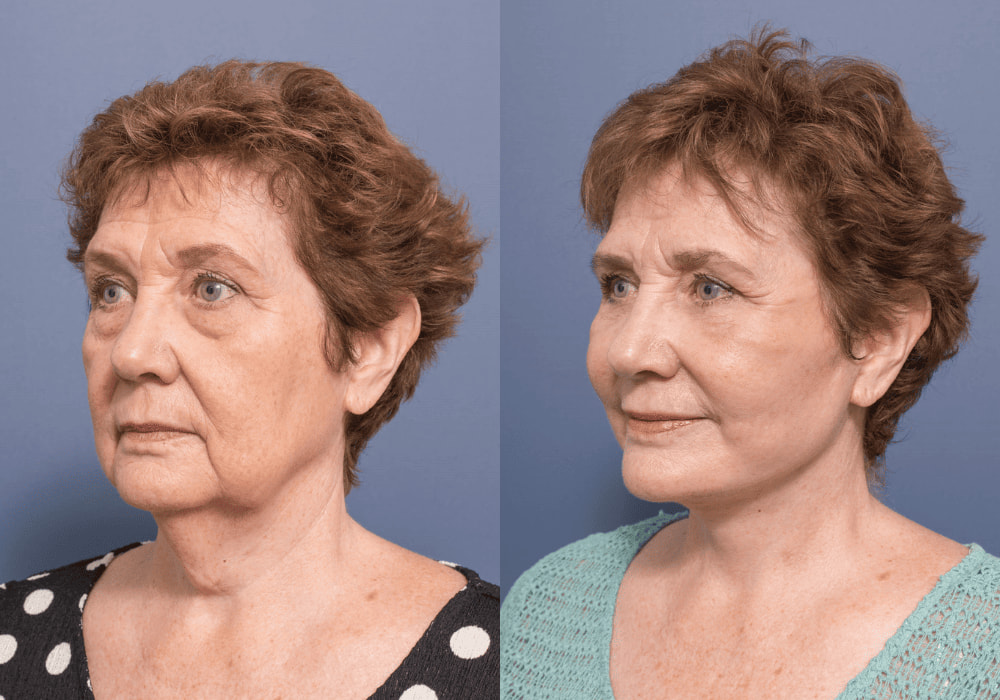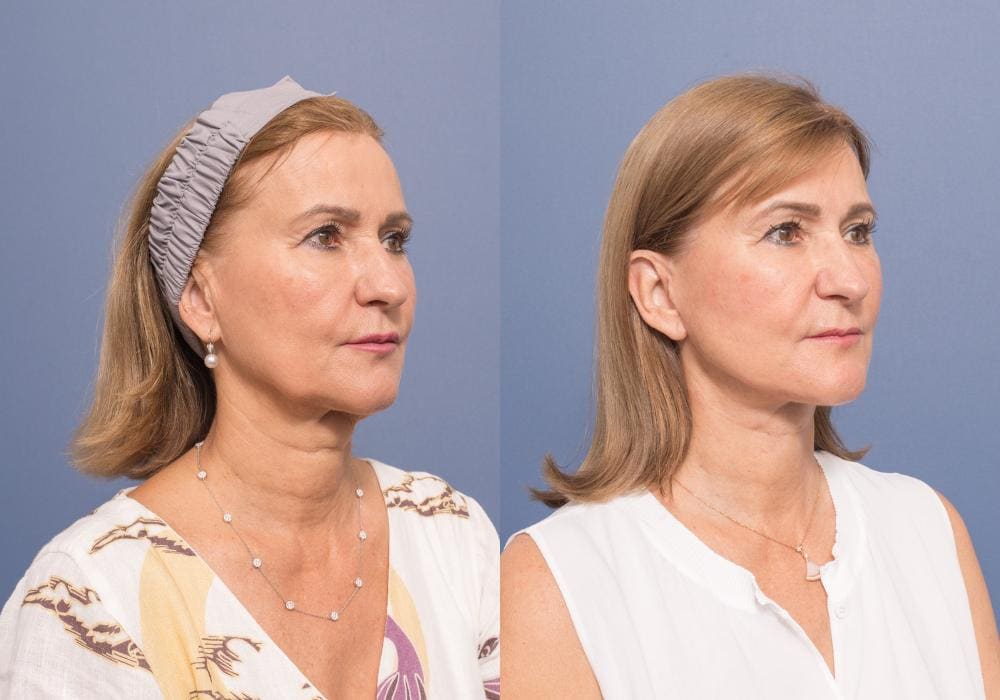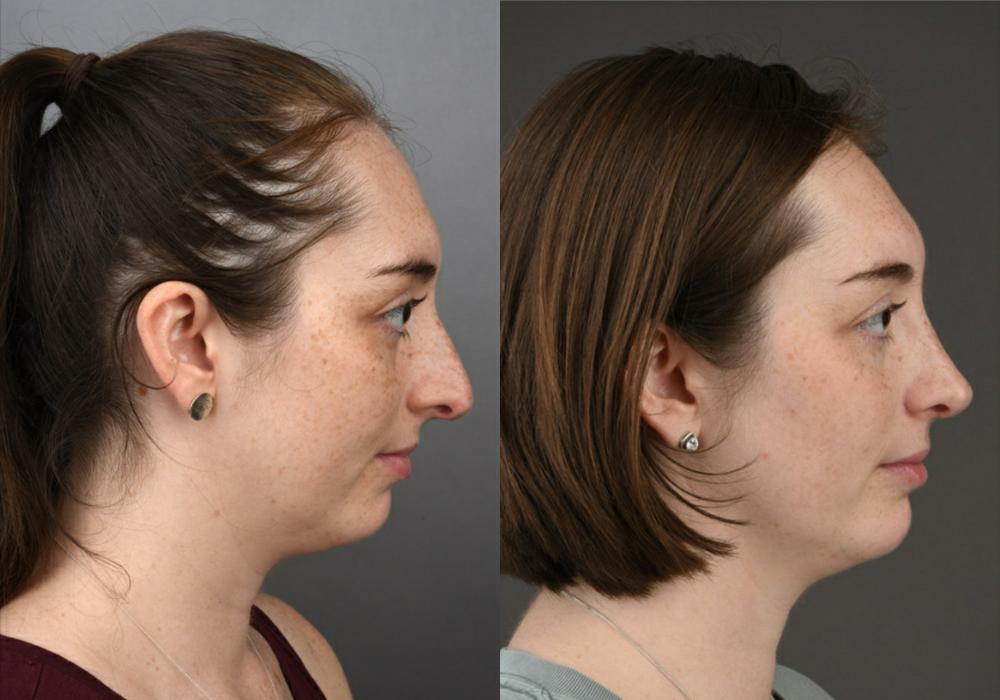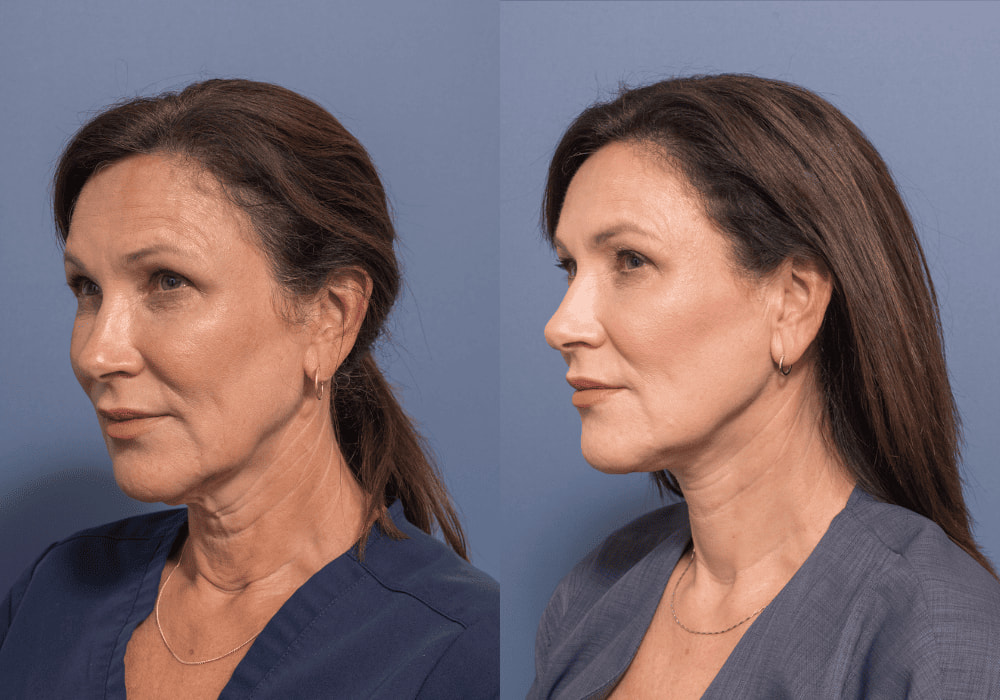
If you are seeking a more permanent solution to enhance the shape of your upper lip, a surgical lip lift might be the ideal option for you
For a more permanent enhancement of your upper lip, a surgical lip lift could be the ideal option!
What is a lip lift?
As we age, various factors such as gravity and changes in the teeth and mid-facial skeleton cause the distance between the base of the nose and the upper lip border to lengthen.
This results in an elongated upper lip, which can make us look older than we actually are. A lip lift can help to reverse this effect by shortening the upper lip and creating a more youthful and balanced appearance.
While some individuals are born with a vertically long upper lip, most people develop this feature as they age. Unfortunately, a longer upper lip can result in less visibility of the upper incisor teeth when talking or smiling, which can make one look older.
In contrast, younger individuals typically have more upper incisor teeth visible when smiling and talking. Filler or fat injections along the upper lip or vermilion (red part) do not address this issue since they do not shorten the upper lip or increase tooth show.
To achieve a more youthful appearance, it is beneficial to shorten the upper lip, which restores a more youthful relationship between the lips, nose, and mouth, as well as improves the visibility of the upper incisor teeth while smiling and talking.
How is a lip lift performed?
A lip lift is a surgical procedure that involves removing a small amount of skin just beneath the nose to shorten the upper lip, resulting in a lifted and fuller appearance of the top lip.
Traditionally, this procedure was only performed on older individuals whose lips had become longer and thinner with age. However, as the desire for soft, youthful, and attractive lips has increased, lip lifts have become popular among younger individuals as well.
a lip lift is often performed as part of a combination of procedures such as a facelift which will be performed under general anaesthesia.
Recovery after a lip lift
After undergoing a lip lift surgery, it is advisable to limit excessive mouth movement, such as vigorous chewing, talking, and smiling, for the first week. Individuals are recommended to follow a soft, non-chew diet consisting of protein smoothies, soups, and purees during this time. Minimal bruising and swelling is expected, and post operative pain is typically minimal.
A scar silicone gel is applied to the incision lines three times a day post-procedure. Stitches are usually removed in the office on the 5-7th postoperative day, and most individuals can return to work after a week. It is recommended to avoid any strenuous mouth movements in the early post operative period.
No bandages or dressings are applied to the lips, and individuals are encouraged to shower and wash.
Thanks to recent advances and changes in incision placement, the procedure is now more reliable, natural-looking, and long-lasting with a very low risk of a visible scar.
Note: Any surgical or invasive procedure carries risk. These risks will be discussed with you in detail during the consultation. For further information on risks please refer to the patient resources section of the website.





